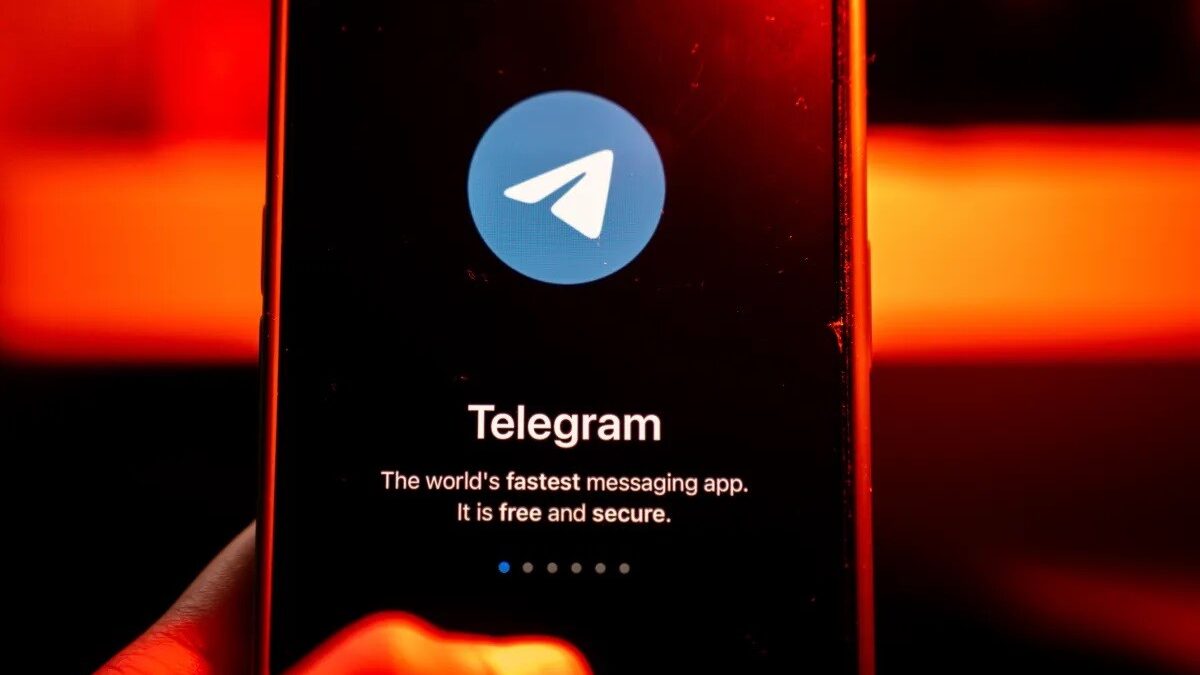Telegram is a quiet workhorse for tech communities. Developers share release notes, journalists drop scoops, and reviewers post hands-on impressions — all inside channels and groups that won’t bury your feed in ads. The base Telegram app works fine, but a handful of alternative clients bend the platform toward specific needs: better search, tighter notification control, faster rendering, or smarter message handling. For anyone who follows tech news, tests gadgets, or tracks app updates, those tweaks matter.
The ecosystem around Telegram clients is practical, not flashy. They give you ways to filter noise, pin what matters, and keep long-form threads readable. One name that comes up often in these circles is Nicegram — not because it sells anything, but because it helps tame the chaos of dozens of tech channels and hundreds of posts a day. In a world where a single channel can post batch firmware updates, Nicegram-style controls make it possible to stay on top of the signal without drowning in noise.
Table of Contents
Why alternative clients appeal to tech readers
Tech news has tempo: breaking security patches, surprise hardware leaks, beta rollouts and postmortems. If you’re monitoring a few patterns — say, Android security patches, a specific vendor’s firmware, and indie app releases — the default client’s generic notifications and linear timeline can be a liability. Alternative clients address that with folders, smarter search, message pinning and sometimes built-in bot integrations that surface only the updates you care about.
Beyond convenience, privacy and speed are core reasons people switch. Some clients let you strip telemetry, hide read receipts, or run multiple accounts without cross-talk. For reviewers and journalists who juggle public channels and private tip channels, separating identities and feeds is important.
Quick rundown: clients worth considering
Below is a practical list of popular clients and what they bring to a tech-focused workflow. This isn’t a “best of” contest — think of it as tools in a kit. Start with the one that fixes your biggest friction point.
- Nicegram — Good at cleaning the inbox. Folders, muted groups, and pin control help manage high-volume tech channels. Useful when a dozen sources push updates during a product launch and you want only the highest-priority feeds to interrupt you.
- Telegram X — Built for speed. If you follow live threads (e.g., a rolling firmware rollout or a long AMA stream), Telegram X keeps the feed responsive. The smoother UI matters when you’re scrolling through long logs and image-heavy teardown posts.
- Plus Messenger — Customization and visual order. Color-coded chats and custom layouts help when you maintain separate streams for hardware reviews, app betas, and security advisories. It’s the client to pick if you’re a visual organizer.
- Nekogram X — Minimal and fast on older hardware. Includes handy utilities like message scheduling and translation; the latter is valuable if you follow vendor channels in multiple languages.
- iMe Messenger — Adds automation and lightweight AI features for summarizing threads. It can be handy to get a digest of long debates or changelogs without scrolling everything manually.
- Unigram — Desktop-first experience on Windows. If you do long-form work — writing guides, compiling changelogs, or editing screenshots — Unigram handles large files and multi-window workflows better than mobile-first clients.
How to use these clients for tech coverage
Practical setups beat theory. Here are a few approaches engineers, reviewers, and editors use:
- Create focused folders: one for security advisories, one for product launches, another for community chatter. Keep the security folder set to push-critical notifications; mute the others except during working hours.
- Automate summaries: use an iMe-like client or a summary bot to generate daily briefings of long threads. That saves time on high-volume days.
- Pin a single canonical post per group: when a vendor posts a release note, pin it. It’s a small discipline that prevents folks from quoting outdated install instructions.
- Separate identities: run multiple accounts (many clients support this) — one for journalism, one for community moderation, one for personal feeds. It prevents accidental cross-posts and keeps sources compartmentalized.
Caveats and good practice
These clients are tools, not replacements for journalism judgment. Don’t treat bots or auto-summaries as facts; they’re signals. Verify critical claims, especially around security. Keep a habit of saving original posts or screenshots for provenance — channels can delete messages, and you may need the original wording later.
Also, watch for permission creep. Some third-party clients ask for extended permissions; check what they require and prefer open-source or well-reviewed builds where possible. When handling leaks or private tips, maintain basic operational security: encrypted backups, limited sharing, and careful account separation.
Final take
If you follow tech news, gadgets, or mobile apps, switching or testing an alternative Telegram client can shave time off your workflow. The gains aren’t dramatic — you won’t suddenly discover a miracle feature — but reducing noise, improving speed, and organizing feeds make daily work less tedious. Pick a client that solves your biggest annoyance: too many notifications, sluggish feeds, or messy channels. Tinker for a week, pick what sticks, and keep the setup simple. Real productivity comes from consistent habits, not endless app-hopping.

